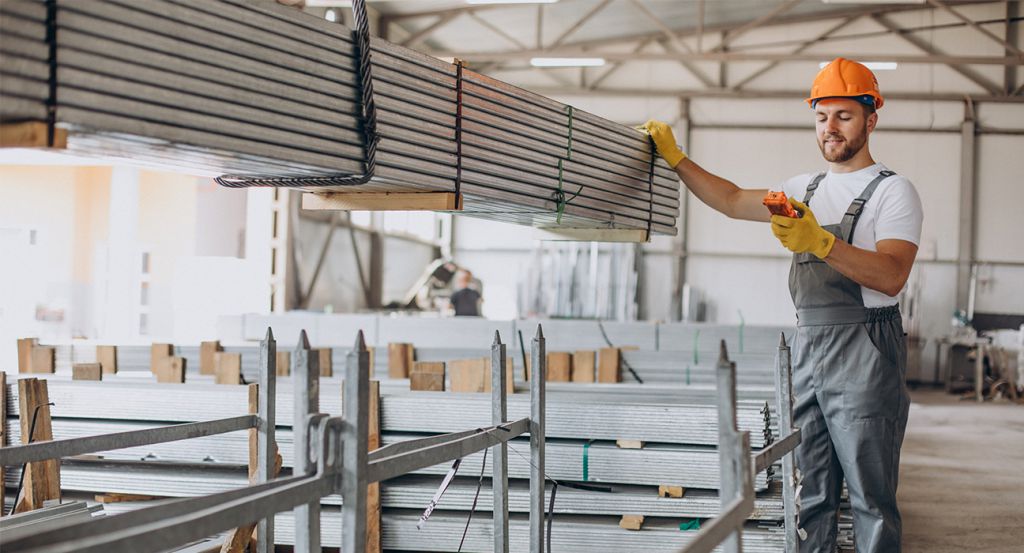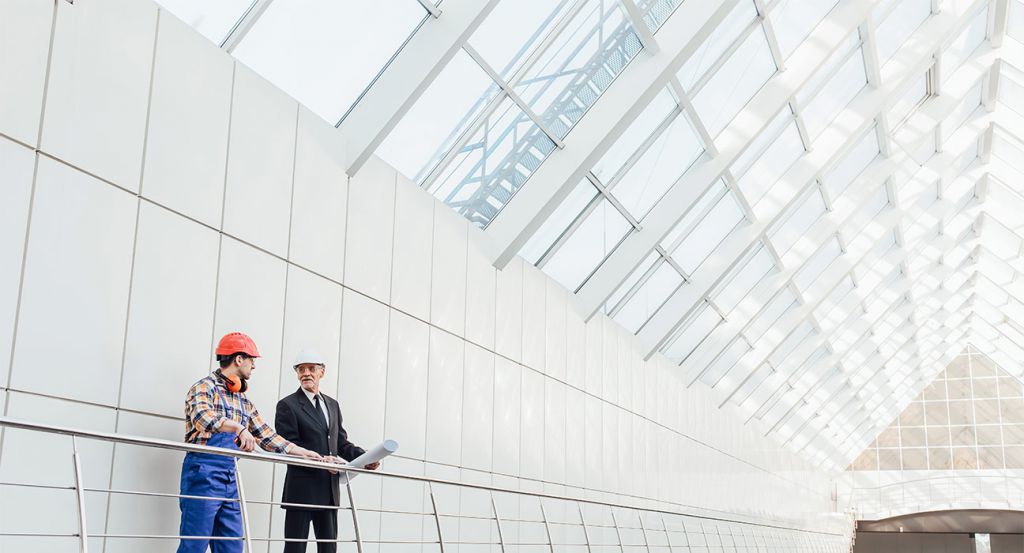The aluminium fabrication industry is constantly evolving, driven by advancements in technology and a growing demand for innovative solutions. Let's explore some of the exciting trends shaping the future of this dynamic field.
Artificial Intelligence (AI) and Machine Learning:
- What it is: AI and machine learning are transforming construction by automating tasks, optimizing processes, and improving decision-making.
- How it impacts aluminium fabrication: AI can analyze vast amounts of data to predict equipment failures, optimize construction schedules, and even design new, more efficient aluminium alloys.
- Example: Imagine AI-powered robots that can adapt to changing construction needs and learn from their experiences to improve performance over time.
Additive Manufacturing (3D Printing):
- What it is: 3D printing builds objects layer by layer from a digital design.
- How it impacts aluminium fabrication: This technology allows for the creation of complex shapes and intricate designs that were previously impossible or very difficult to construct using traditional methods.
- Example: 3D printing can be used to create lightweight and strong aluminium components for aerospace and automotive applications.
Smart Factories and Industry 4.0:
- What it is: Smart factories utilize interconnected devices, sensors, and data analytics to optimize production processes.
- How it impacts aluminium fabrication: This integration of technology allows for real-time monitoring of production, predictive maintenance, and improved quality control.
- Example: Imagine a factory where machines communicate with each other, automatically adjusting settings to optimize performance and minimize waste.
Advanced Materials:
- What it is: Research and development are constantly producing new and improved aluminium alloys with enhanced properties.
- How it impacts aluminium fabrication: These advanced materials offer greater strength, lighter weight, and improved corrosion resistance, expanding the possibilities for aluminium in various applications.
- Example: Imagine lightweight and incredibly strong aluminium alloys used in the construction of high-speed trains and energy-efficient buildings.
Sustainability:
- What it is: Environmental concerns are driving the development of more sustainable aluminium fabrication practices.
- How it impacts aluminium fabrication: Companies are focusing on reducing their carbon footprint by increasing the use of recycled aluminium, improving energy efficiency, and minimizing waste.
- Example: Implementing closed-loop recycling systems to recover and reuse aluminium scrap.
These emerging trends and technologies are composed to transform the aluminium fabrication industry, leading to more efficient, sustainable, and innovative solutions. By embracing these advancements, companies can stay competitive, meet the evolving demands of the market, and contribute to a more sustainable future.
Quality Fixed is committed to staying at the forefront of these advancements. We continuously invest in research and development, explore new technologies, and strive to implement sustainable practices in all aspects of our operations.



